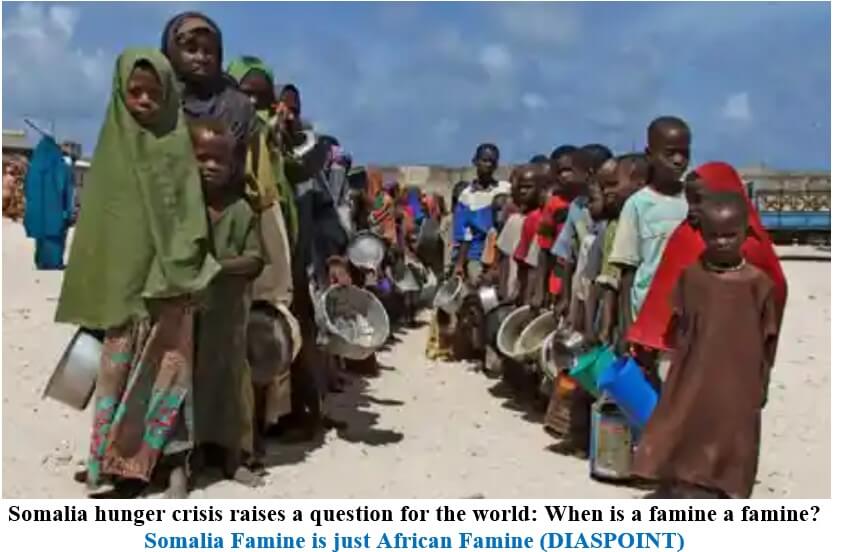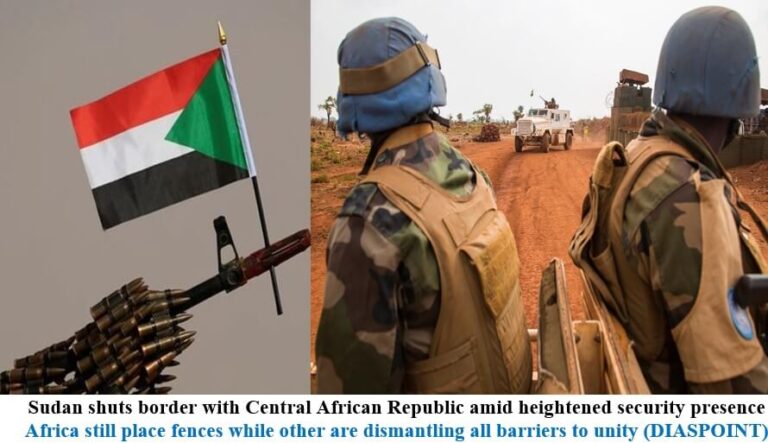Somalia hunger crisis raises a question for the world: When is a famine a famine?
The declaration is made only rarely — and history suggests it matters
Famine. It is one of the most evocative words in the English language, conjuring images of malnourished children, their ribs visible, bellies swollen from hunger. The earliest recorded famine is believed to have occurred in Egypt in 3500 B.C. In the 20th century, more than 70 million people died because of famine.
But it was not until this century that a common definition was adopted by the world’s humanitarians — one that is now under a spotlight as hunger stalks millions of people in Somalia. A fifth consecutive rainy season has fallen far short of the levels needed for farming and for sustaining human life, a drought that comes amid an ongoing civil conflict. As if that was not enough, Russia’s war in Ukraine has hit supplies of imported grain in many parts of the world: Before Moscow’s invasion, more than 90 percent of Somalia’s wheat supply came from Russia and Ukraine.
The devastating upshot of all this: More than 8 million people, or around half of Somalia’s population, face the prospect of severe food shortages by the middle of this year. According to the United Nations, the current drought has “surpassed” recent crises “in duration and severity” — including the drought in 2011 that led to a declaration of famine.
As one 38-year-old farmer from southwest Somalia told aid workers recently: “For four years we have not seen rains. We lost our animals and there’s nothing growing on our farm.”
Hers is one of millions of stories borne of a still-spreading devastation that seems to point clearly to one unquestionable conclusion — that Somalia, which suffered through a famine in 2011, is once again in the grip of a similar crisis. The images emerging from the country would appear to confirm this: In photo after photo, men, women and children appear with those swollen bellies and ribs poking out of their torsos.







